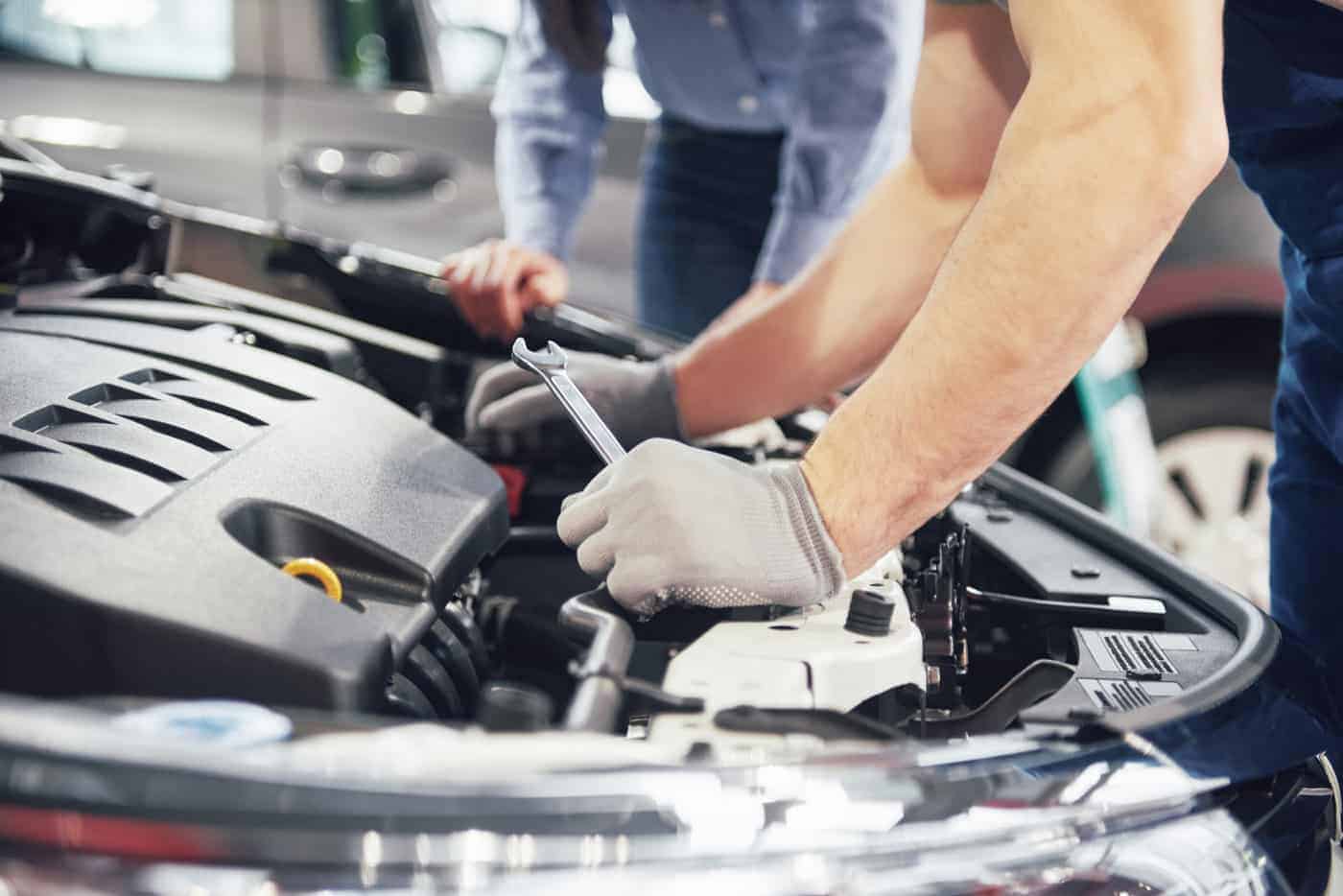How Car Geeks Can Set a Routine Maintenance Schedule That Works
To do it right, all you need is a bit of insight. The following tips include both the types of maintenance to do and a rough maintenance schedule for when each task should be carried out.

From the legacy of classic James Dean films to the allure of Route 66, there is nothing more American than cars and the open road. People love their cars. And if they treat them right, their cars will love them back.
There are so many simple maintenance tips that can lead to both a smoother ride and a longer life for your car. Not only is it often much easier than you think, but these small, ongoing investments in time and money can pay off big in the long run.
To do it right, all you need is a bit of insight. The following tips include both the types of maintenance to do and a rough maintenance schedule for when each task should be carried out.
Get the Best Updates on SaaS, Tech, and AI
Changing the Oil
Regularly changing a vehicle’s oil is essential. It can make a major impact on not just how a car runs, but also on how long it lasts. As they say — and quite literally in this case — your mileage may vary. Most experts agree that the old adage of changing your oil every 3,000 miles is a bit too conservative on modern, efficient engines.
But you should shoot for no more than 5,000 miles between oil changes on most makes and models, with a maximum limit of around 7,000 miles. Consult your automotive manual to determine the optimum schedule for your actual vehicle — and stick to it. Your car will thank you for it.
Checking Tire Treads
Caring for your car’s tires is pretty simple, it’s mostly about checking the tire pressure which can be done with a tpms reset tool and replacing them with new ones from time to time. Most people know they need to change their tires regularly, but fewer understand when to make a switch. It’s actually very simple — that is, if you know how to measure tread depth. Most new tires have a tread of 10/32nds of an inch. Of course, treads wear down over time and, generally, the tire will remain safe to drive until the tread gets down to 2/32nds of an inch. At this point, the tire is considered bald and needs to be replaced, according to laws in most states.
But since it’s better to be safe than sorry, you may want to start planning to make the change when your tires hit 4/32nds of an inch, at which point they are worn and make it so a car takes significantly longer to stop on wet roads. Every two months (or before any long car trip), a great way to make sure you are staying up to date is with the “quarter test.”
If you insert a quarter into the treads — and they no longer cover any of George Washington’s head (when inserted with the president standing on his head) — you know you’re below 4/32nds of an inch and that it’s time to change your tires.
Get a Tune-Up
As with most aspects of car maintenance, the time to wait between engine tune-ups can vary greatly. Normally, newer cars can go a lot longer, perhaps up to 100,000 miles. Older vehicles, especially those without electric engines, typically should get a tune-up once a year. (Be sure to consult your owner’s manual.)
While owners of modern vehicles may think tune-ups are a bit antiquated, they should still be an important part of your maintenance schedule. Common ways to know when it’s time is if your ride has trouble starting, runs more roughly than normal while idling, stalls frequently, or if the check engine icon lights up. Each of these could mean a tune-up is in order — or signify a more serious problem. As always, be vigilant and never ignore warning signs.
Keys to Maintenance
Much like humans need exercise, cars need maintenance. And in both cases, consistency is key. You can’t get in great shape after only putting in a month of hard work, and a single trip to the garage once every two years won’t keep your car running in tip-top condition, either.
Fortunately, keeping things healthy under the hood is even less work than slaving away at the gym on the treadmill. By regularly changing your oil, watching for tire tread wear, and staying vigilant about potential engine issues, you will be most of the way there.
FTC Disclosure: The pages you visit may have external affiliate links that may result in me getting a commission if you decide to buy the mentioned product. It gives a little encouragement to a smaller content creator like myself.


